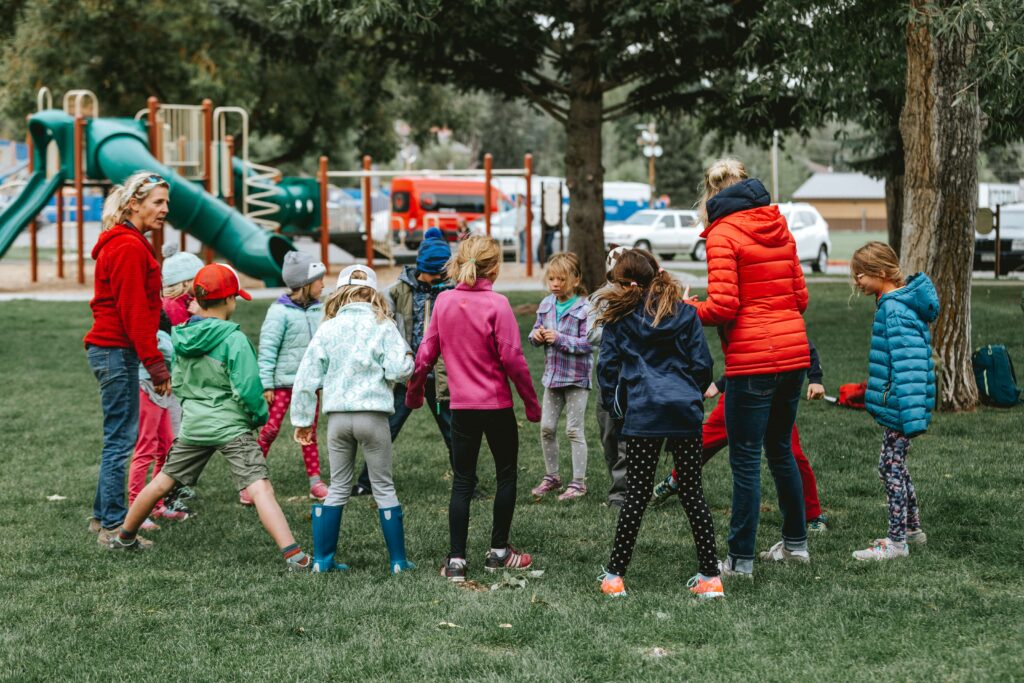In these model lessons, explore the driving question: How might we connect with and learn from our community?
Community as Classroom encourages broadening the idea of the classroom to include three venues for learning: bringing the community into the classroom through guest speakers and content; bringing the students into the community on learning journeys; and simply going outside the classroom to do something you could have just done inside. These venues develop strong relationships between students and their community. Using the local community as a classroom emphasizes real-world learning experiences. Breaking down barriers between the classroom and community enhances students’ appreciation for the natural world, as well as their interest in engaging in improving both community vitality and environmental quality. Emphasizing hands-on learning grounded in community increases academic achievement, develops stronger student commitment to community, and encourages the development of active, contributing citizens.
Key Topics
- Celebrate what citizens are already doing to improve their place by investigating local Community Impact Projects, big and small
- Read Seedfolks by Paul Fleischman or Animal Farm by George Orwell
- Cultivate and practice the principles of photography
- Choose an ecology, culture, or economy-focused study, using the data as a foundation for a larger inquiry project
- Conduct interviews of community members
- Rewrite the Declaration of Independence from your perspective
- Explore what you and your community members love about your place and participate in community events
- Find hidden community gems through an ongoing scavenger hunt
- Make a positive impact on your community
- Connect to a place near your home by spending time there for thinking, observing, and sketching
- Captivate your interest in the flora and fauna of your place
- Examine your needs and wants, as well as the goods and services provided in your community
- Interview a local business owner.
Interested in learning more about these model lessons or accessing in-depth teacher guides for key topics?


